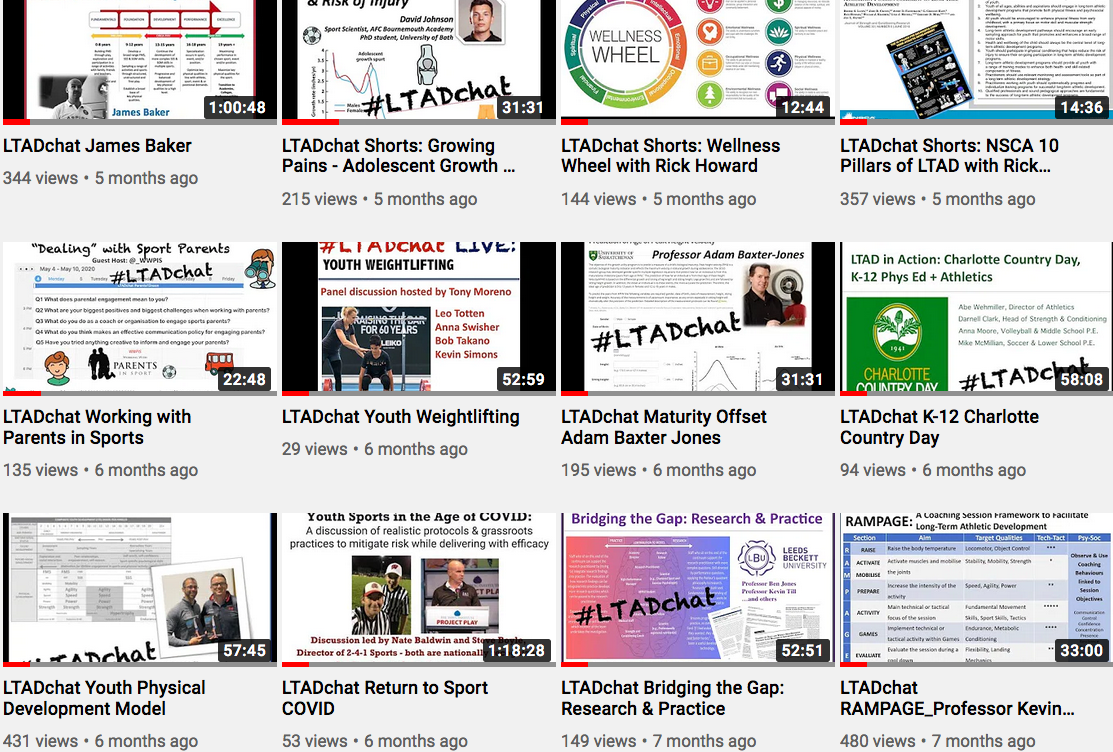Wordsmithing the NSCA LTAD 10 Pillars
In July of 2016, the National Strength and Conditioning Association published a position statement on Long-Term Athletic Development. This position statement - the organization's stand on the viewpoint - was built on two preceding invited reviews from May 2015.
Per the position statement, LTAD refers to “the habitual development of “athleticism” over time to improve health and fitness, enhance physical performance, reduce the relative risk of injury, and develop the confidence and competence of all youth.”
The 10 pillars of successful long-term athletic development provide the basis of the position statement. The 10 Pillars are listed below in this infographic.
And don’t miss this 15 minute #LTADchat Shorts with Rick Howard explaining the 10 Pillars.
Earlier this year, I sat down to wordsmith the 10 Pillars of LTAD into a more complete story. I did this not because there is anything wrong with the 10 pillars but because I enjoyed the academic exercise, and I like for things to tell a story.
Here was my approach. I color coded each pillar and then edited (strikethrough, cut-paste, etc.) until each pillar was part of the story. Some parts of sentences were cut because there was overlap between pillars. I also took the liberty to add a few words for grammar. Here’s the result. To follow along, you can also match up the icons or the color associated with each pillar.
All youth - of all ages, abilities and aspirations - should engage in LTAD programs that promote both physical fitness and psychosocial wellbeing - with the central tenet of LTAD always being the health and wellbeing of the child.
This pathway towards physical literacy should begin during early childhood, with a primary focus on fundamental motor skill and muscular strength development, and include a sampling of activities, games and sports that promote and enhance a broad range of motor skills.
The LTAD program should be systematically progressed and individualized using a range of training modes – structured and unstructured - that enhance both health-related and skill-related components of fitness and reduce the risk of injury.
Importantly, LTAD pathways should accommodate for the highly individualized and nonlinear nature of the growth and development of youth. And finally, qualified professionals and sound pedagogical approaches are fundamental to the success of long-term athletic development programs. Practitioners should also incorporate relevant monitoring and assessment tools to evaluate the LTAD strategy.

















